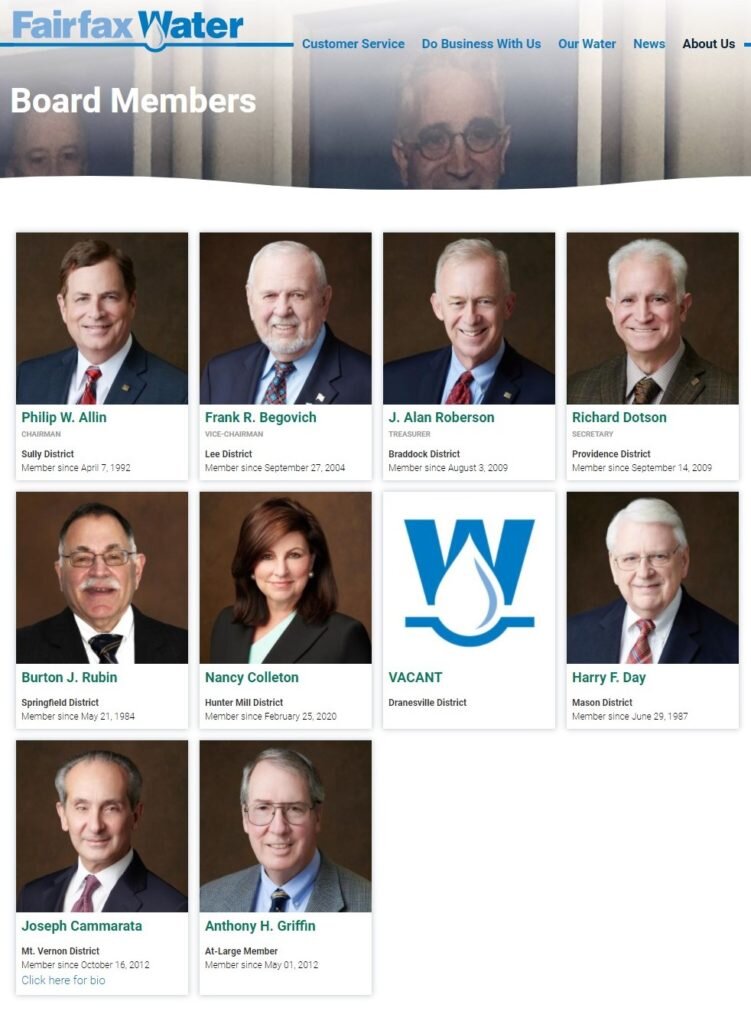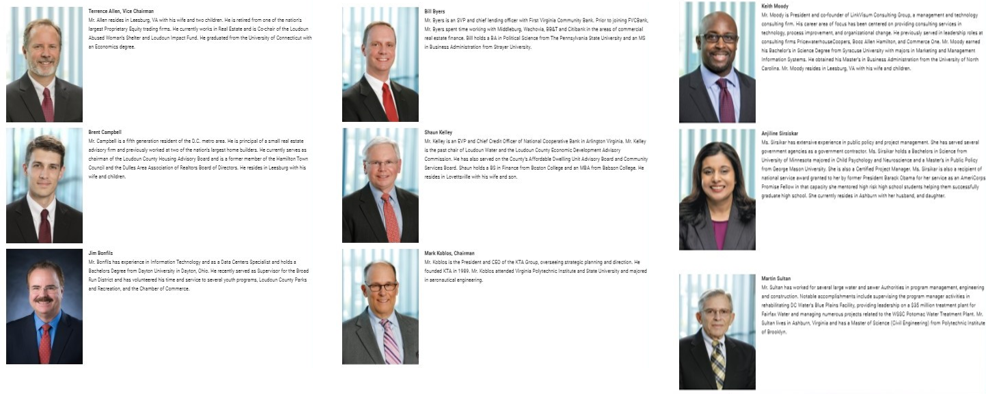How to celebrate women in the water sector? Hire more and pay them well
On the occasion of International Women’s Day (March 8), several organizations, including many in the water sector, put out messages of support for women. These messages were well-meaning, but I wanted to revisit some facts about the role of women and diversity in the water sector.

Take Fairfax Water in Virginia – the largest water utility in Virginia, primarily serving Fairfax County. It is also my water utility. The utility is governed by a 10-member board, of which one is an at-large member and the others are selected to represent the nine districts within the county. There is only one woman on the board (of course, I don’t have to point to the lack of people of color). The executive leadership is a bit better, with women holding three of the seven total posts. Loudoun Water, another large water utility located in Northern Virginia, has a similar problem: only one woman on a nine-member board. This is not a problem unique to Northern Virginia, a region with high educational attainment, racial and ethnic diversity, and a strong labor market due to its proximity to Washington, DC.

Water utilities often do not resemble the consumers they serve. Water utility leadership, including appointed and elected board members and general managers, are more likely to be older, white, and male compared to their consumers. This fact is not unknown to our leaders. In fact, Radhika Fox, who now leads the EPA’s Office of Water, famously told that to everyone who would listen. A 2011 Water Research Foundation study led by Dr. Manny Teodoro found water utility general managers/CEOs to be 94% men, 96% white, and 99% non-Latino. Last year, we conducted a pilot study of 50 water utilities and found that women comprised only 31% of utility board positions.
What about the women we are hiring? Based on data from the Federal Reserve Bank, there is a wage disparity between men and women who are classified as water and wastewater operators. Lack of recent data prevents us from making clear conclusions, but available data points to women operators earning about 80-85% of the wages earned by men operators. Could this be due to more men holding Class I operator license or just having more experience, both of which contribute to a higher pay than women? Yes, quite possible. But there is another part to this story. Look at the two recession periods (marked in grey). Right before and after the recessions, the gap between the wages of men and women narrows or even disappears, suggesting that a tight labor market with full employment is the panacea for the problem of unequal wages. Relatedly, the gap is one of the widest during the recession when operators (likely women who are less experienced) are let go or not hired at all.
make it a mission to hire and retain more women and diverse leaders.
We estimate there are roughly 10,000 general managers and senior managers at water utilities and more than 50,000 board members supervising them, providing a number of opportunities for women and individuals of color to be water leaders. Even if one were to argue that women are underrepresented in technical fields such as engineering (true!), there is no argument for not having enough women on the utility boards. Typically, these are not technical positions and people are not hired to provide engineering expertise. Most often, we see real estate agents, accounting and finance experts and local civic leaders on these boards.
In our H2Equity report, we outlined a number of ways the water sector could recruit, train, and retain women and racially diverse water leaders. They range from creating alternate board positions to training women leaders (through programs like WELL and Duke's Water Innovation Leadership Development) to democratizing our system of board elections. All of them, however, boil down to a simple tactic: make it a mission to hire and retain more women and diverse leaders. To all the organizations that posted celebratory and hopeful messages on International Women’s Day, will you pledge to do one thing that will help diversify and bring equity to your organization and the water sector?

